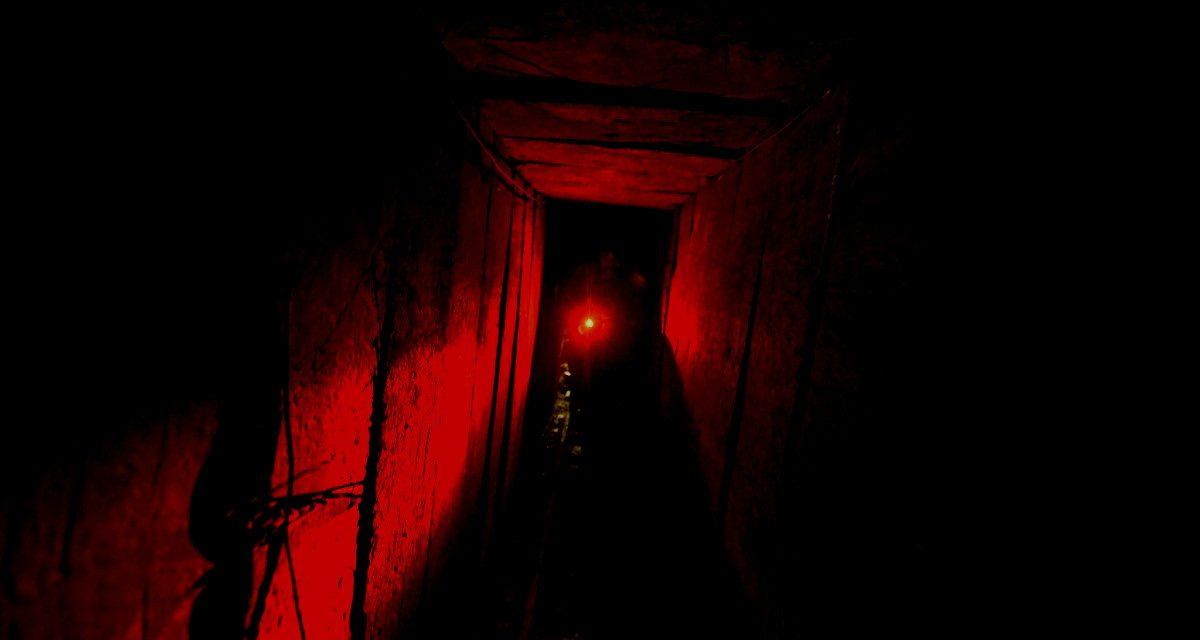
The recent conflicts have underscored the importance of understanding tunnel warfare. These tunnels, some of which are highly sophisticated, feature multiple levels and are equipped with electricity and ventilation systems. They allow combatants to move undetected, launch surprise attacks, and evade aerial bombardments. The complex network has proven to be a significant asset for Hamas, enabling them to carry out operations and resupply their forces while minimizing exposure to Israeli airstrikes.
Israeli Defense Forces (IDF) have made counter-tunnel operations a priority, deploying advanced technologies and techniques to detect and neutralize these underground threats. The IDF's efforts include ground-penetrating radar, seismic sensors, and tunneling detection systems. Despite these advancements, the sheer scale and complexity of the tunnels present a formidable challenge. The IDF's operations have been partially successful, but the adaptability and resilience of the tunnels highlight the need for ongoing innovation in counter-tunnel technology.
The implications of tunnel warfare extend beyond the immediate conflict zone. As military technology and tactics evolve, the ability to operate and counter underground warfare will become increasingly crucial. The use of tunnels by Hamas suggests that future conflicts may require a rethinking of traditional military doctrines. For example, forces may need to develop new strategies for urban warfare, focusing on subterranean as well as surface engagements. This shift could lead to the development of specialized units trained in tunnel warfare and new technologies designed to detect and counteract these underground threats.
International reactions to the proliferation of tunnel warfare vary. Some analysts argue that the use of tunnels by non-state actors represents a significant shift in asymmetric warfare tactics. They suggest that this trend could inspire other groups to adopt similar strategies, potentially leading to an increase in underground conflict. Others emphasize the need for a comprehensive approach that includes diplomatic efforts to address the underlying causes of such conflicts, alongside technological and military solutions.
The humanitarian impact of tunnel warfare is also a critical concern. The extensive use of tunnels in densely populated areas like Gaza often results in significant civilian casualties and infrastructure damage. The presence of tunnels complicates efforts to conduct targeted strikes and often leads to higher levels of collateral damage. This reality underscores the importance of international humanitarian laws and the need for measures to protect civilians in conflict zones.
Topics
Spotlight
